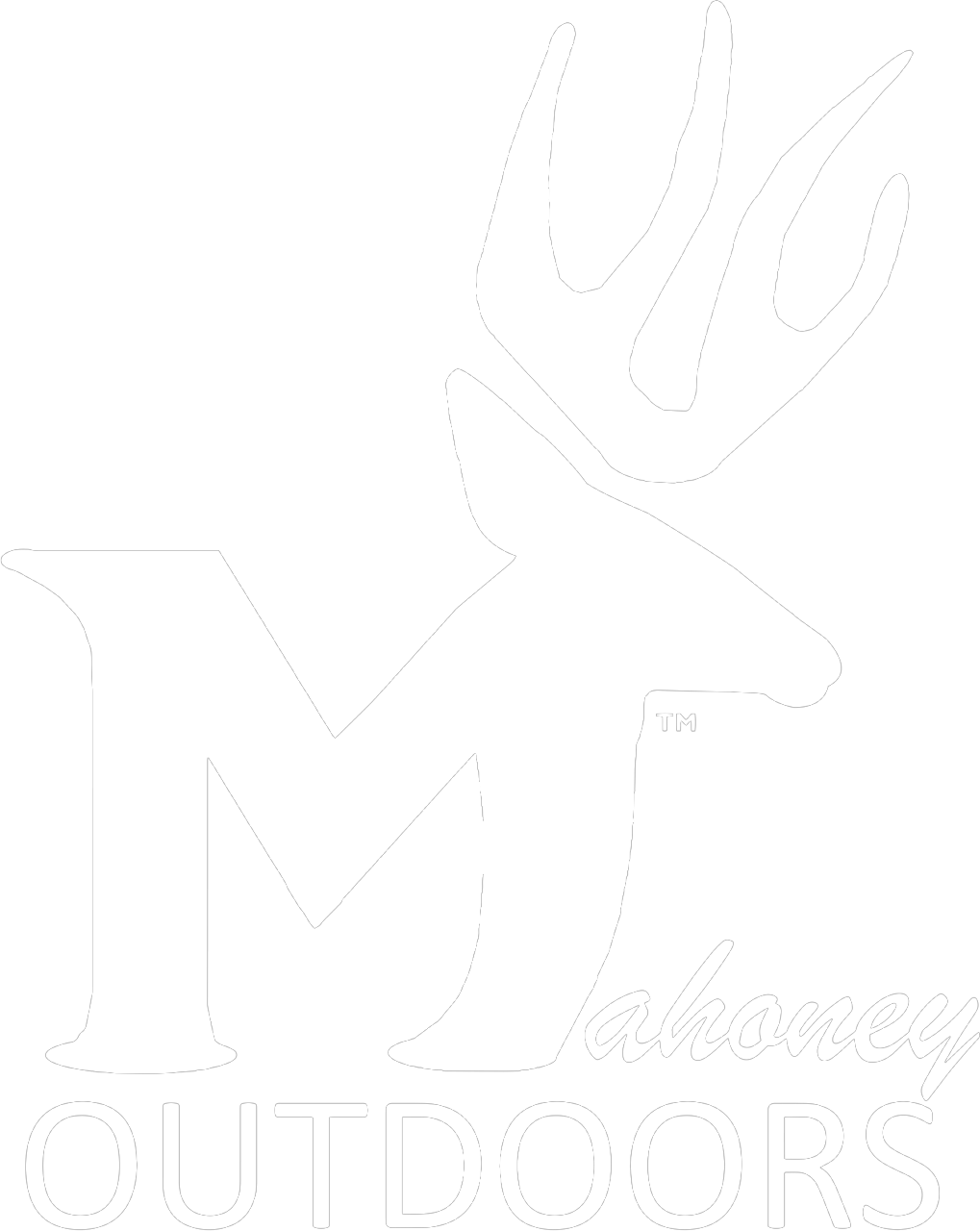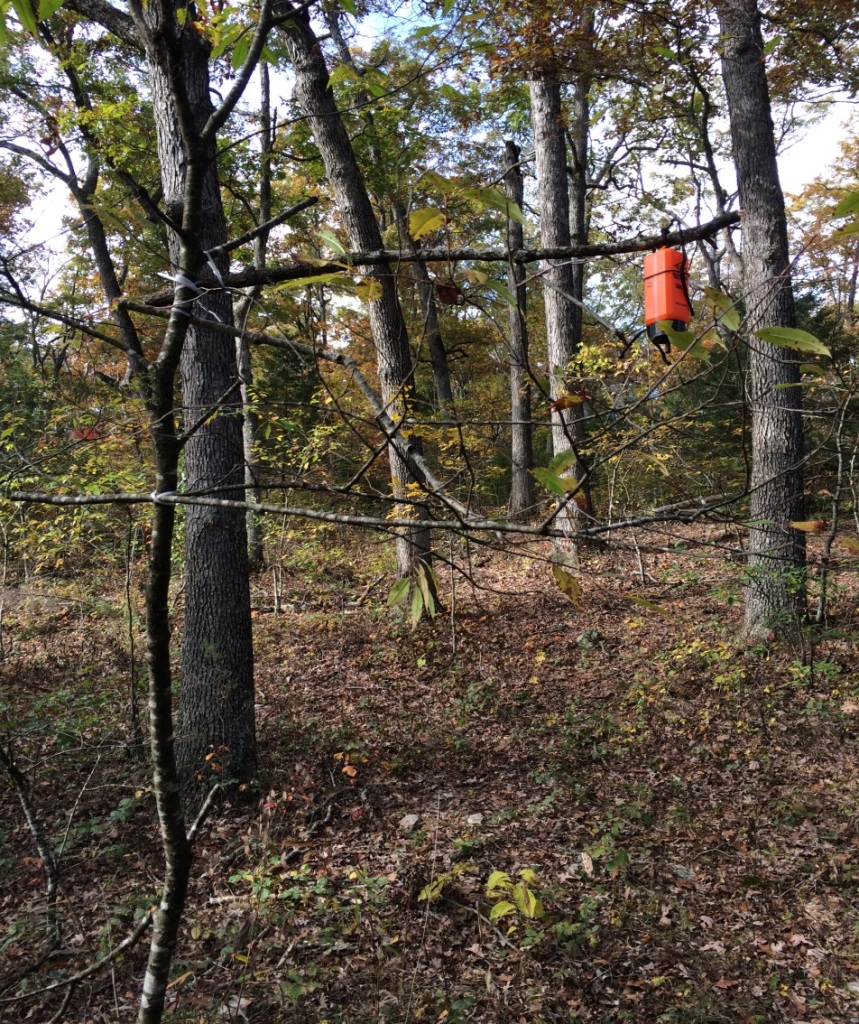By Ryan Miloshewski
October 19-26, 2014: The Pre-Game
Welcome back to another edition of “Whitetail Weekly,” folks! With each passing day we are inching closer to the frenzy and fervor that is the whitetail rut—and I couldn’t be more excited. We received positive feedback on my first post, but some weren’t sure we would have enough material to keep this going on a weekly basis. I’m here to tell you otherwise. This time of year, deer behavior is changing every hour, day, and week. Hormones are flowing and daylight is regressing. Deer will be partaking in different activities from here until the end of November (and into December), so I think there will be plenty of content material! Let’s take a look at my forecast for the coming week.
October 19-26
I liken this week to a pre-game locker room speech from a coach before a big game. Bucks are getting ready to play the game that is the rut. They aren’t quite there (give it a week or so) but they are ready. I suspect immature bucks will start harassing does and running around the woods, bewildered and excited as they experience their first breeding period. But the big boys will quietly wait, do their business, make their marks, and prepare to engage in the next week or two. Does will not be going into estrus yet, but when they do, the mature bucks will be ready to go immediately. Rubs and scrapes will most likely reach a fever pitch this week, as bucks are trying to get as much chemical communication as they can about the status of the doe herd. Testosterone is getting high and territories need to be marked. The battle is in the staging period. With that being said, bucks should start to move more during daylight. Now, don’t expect to see a bruiser traipsing across an open field at midday. But they will still be on their feet during the first couple hours of the morning and an hour or two before dark (casually checking doe bedding areas and feeding areas for any sign they’re ready). Bucks are still mostly nocturnal according to my cameras and other reports, but that should change this week.
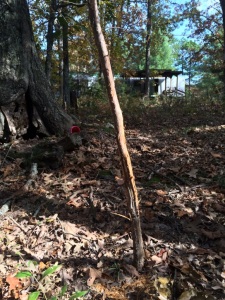
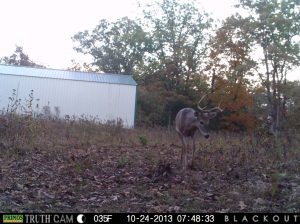
If you find a hot scrape line (meaning you can smell the musk and see no debris in it), consider putting a camera over it. Or, if you can’t get out during the week, put a camera on a known scraping area and see what you find. If you catch a buck working the scrapes during the day, hunt it. I’m not a huge believer on hunting over scrape lines, but if you are, this is the time to do it. They will be freshening and checking them often this week.
As always, food is still a major factor. Acorns are dropping faster than I can type this, so key in on acorn flats that get high doe activity. Bucks will come by to grab a bite to eat and tersely check on the does. White oak acorns are usually the best. Persimmons are falling now and are sweet. Deer will pounce on those morsels as soon as they can. If you find a persimmon patch with sign, hunt it. It will draw in deer of all sex and age class. If you don’t see any deer, grab a few of the succulent globes for yourself—they’re delicious!
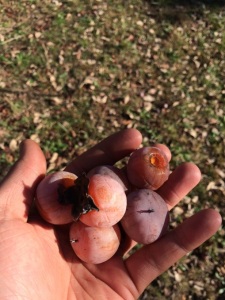
I would still save your best “rut stands” at this point. Mine are focused on funnels and pinch points bucks will travel through to check for does. They may go through there, but they are still on high alert. It isn’t the seeking and chasing phase yet! If you do, use proper scent control and play the wind. I can’t stress that enough. You don’t want to educate and spook a monster right now. He might not be around when he’s most vulnerable.
Your best ally this week will be your trail cameras. As soon as you start seeing daylight activity by bucks, hone in. Find out what routes they are taking in the area and set up a stand. The pictures will tell the story of what the deer are doing. Use them to your advantage.
Random Thoughts
-This weekend I decided I was going to create a couple of mock scrapes on a new trail I created. Deer were using it frequently based on the amount of tracks and rubs on or near it. So, I bought a Tink’s Mock Scrape Starter kit. It consists of 4 ounces of their Power Scrape scent and two drippers that hold 2 ounces of liquid each. I went down into the woods at midday and searched for a couple of trees with perfect overhanging branches to set the drippers up on. Well, in my furious clearing of the trail weeks back, I left hardly any limbs over the trail. So, I pranced around all over the area looking for suitable trees, to no avail. Sweating, cursing, and being loud. I ended up just kicking away the leaves and creating a scrape under a questionable tree. I added some buck and doe urine and left. I checked it this morning and there were multiple deer tracks and urine in the pawed up patch. Sometimes I wonder if deer actually care about humans and human scent. I think it depends on the deer. Anyway, I went to Wal-Mart and purchased some zip ties for the next day. I cut some suitable licking branch material from nearby trees and attached the limbs to trees near the trail using the zip ties. It worked perfectly. I set up my camera and what will visit remains to be seen. Sometimes if the deer aren’t doing what you want, you have to try and make them. That’s my goal here.
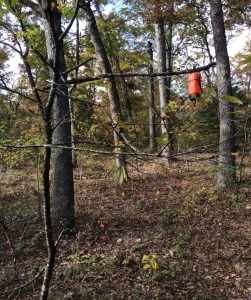
-Turkeys are starting to go back into their winter flocks. I saw a flock of 20 hens and poults today, and toms are back in their bachelor groups according to my cameras.
-Pay attention to the moon phase when you hunt. I think it has some effect on deer movement, but scientists have conflicting theories. Just note when you see deer and what moon phase is in the night sky. Over the years, I’ve identified one of the best times to hunt is when the moon and sun are in the sky at the same time (usually right at first light and dusk). I don’t know why, but my journal notes indicate an increase in movement at those times.
-Leaves are changing furiously right now. But do you know why? It’s pretty simple. All summer, we see leaves as green. That’s because the dominant pigment used for photosynthesis in plants, chlorophyll, is green. It outshines the other pigments because the tree is using it to sustain life. When fall arrives, plants are storing up sugars (or already have) for the winter and going dormant. When this happens, there is no need for photosynthesis to occur. So, the chlorophyll retreats, so to speak, back to the plants’ interior. Left in the leaves are the carotenoids. What color are the carotenoids? You guessed it—red, yellow, and orange. So, when leaves change colors, the carotenoids are shown because the chlorophyll isn’t there to mask them.
Quote of the Week: “A downed animal is most certainly the object of the hunting trip, but it becomes an anticlimax when compared to the many other pleasures of the hunt.”—Fred Bear
Liked this story? Subscribe here for more updates!
